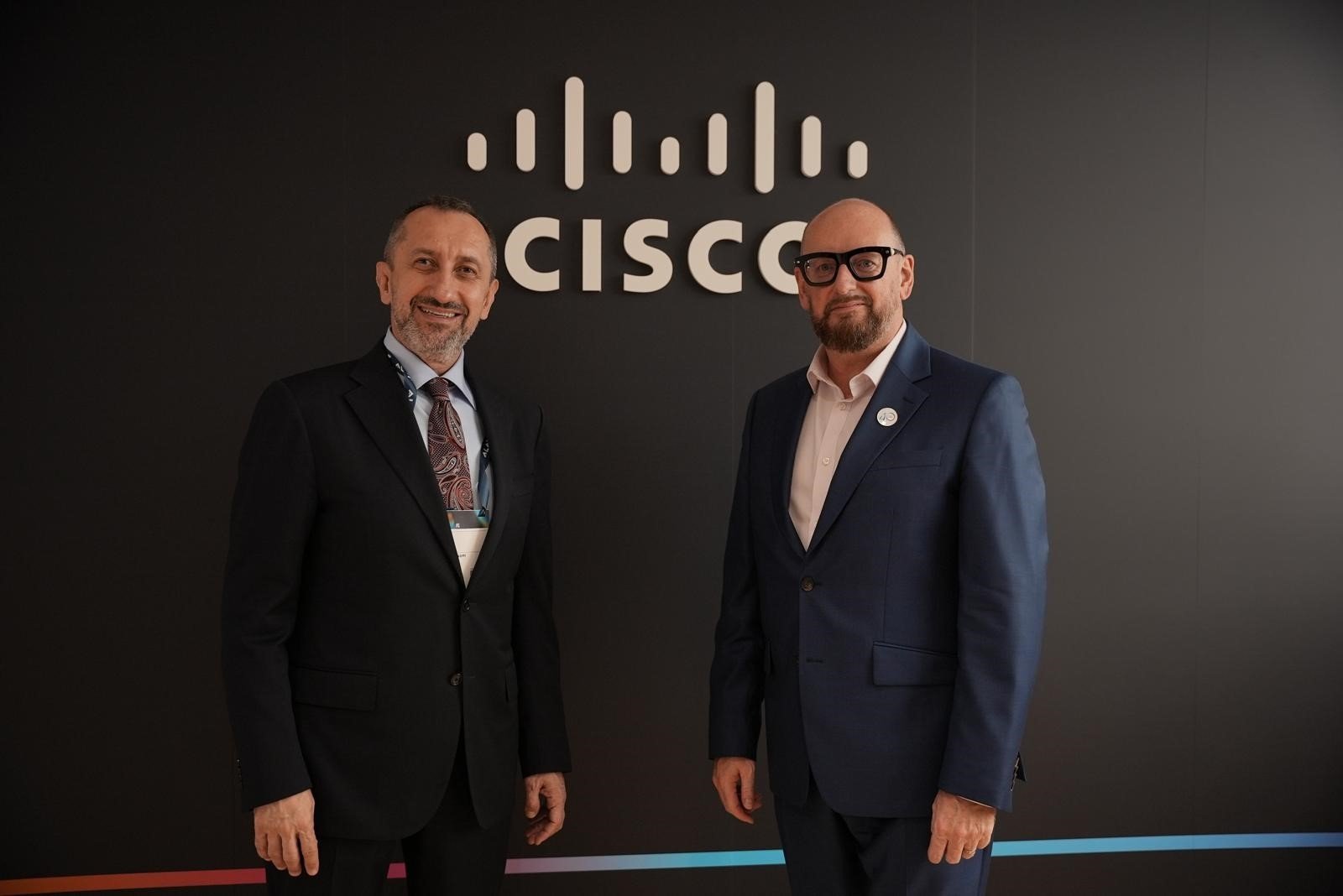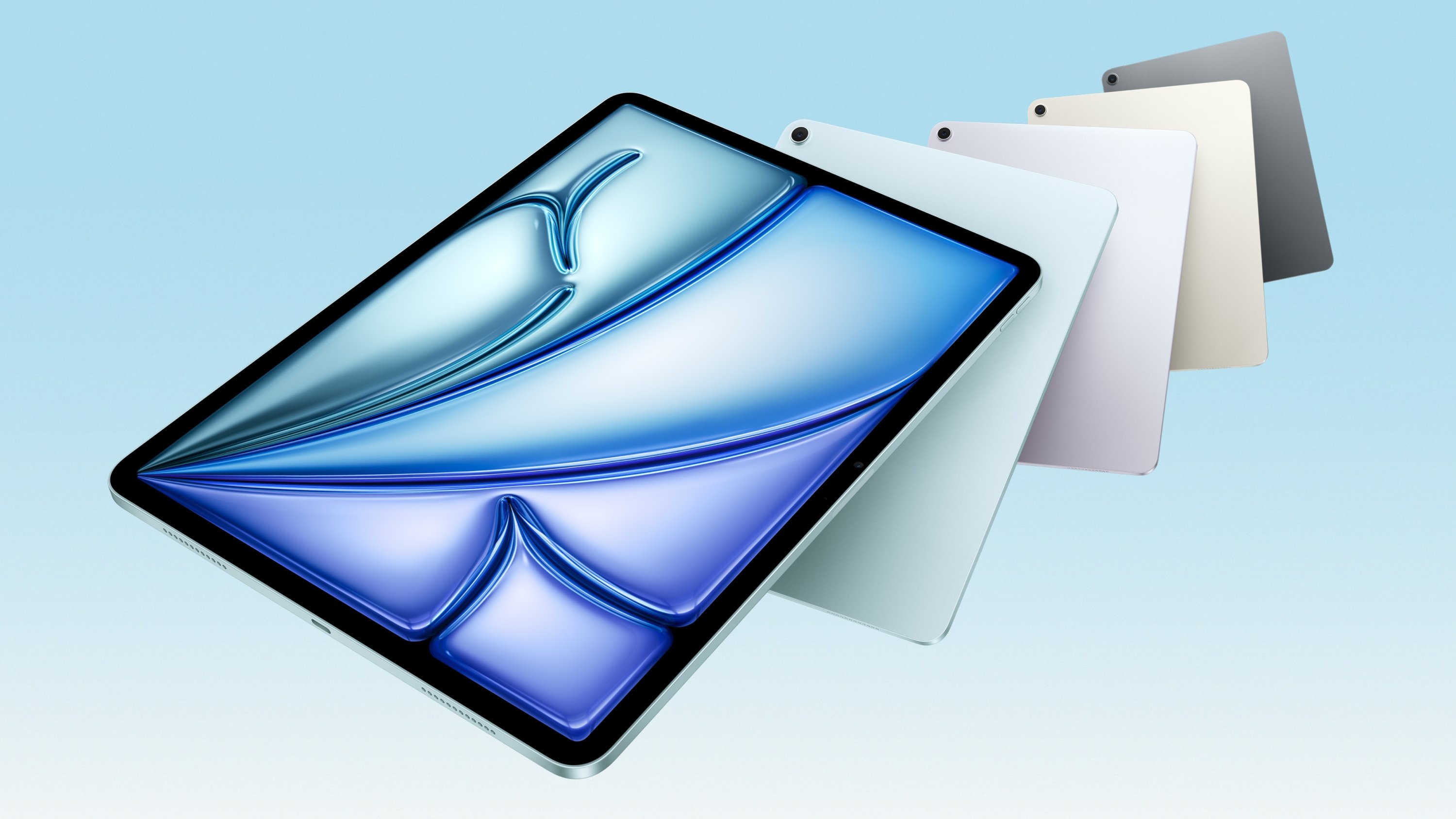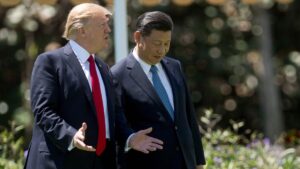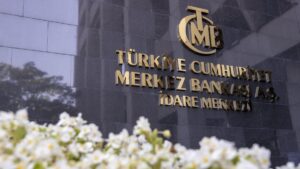Industry leaders are divided on approaches to artificial intelligence (AI) development, with the competition between open-source and closed-source models reshaping the dynamics of the tech industry, highlighting a split between Europe and the United States.
The rivalry between open-source and closed-source models in the AI world creates new opportunities and challenges for both tech giants and smaller players. This divide could reflect the differences seen in NATO regarding defense matters.
The fundamental difference in approach between the European Union and the United States extends to AI as well. The European Union prioritizes open and ethical AI above all else. Similarly, Türkiye’s data preferences align more closely with EU countries.
Companies can best utilize AI technologies by adopting a balanced strategy between these two approaches. However, financial sustainability issues faced by open-source developers pose a significant risk to the future of innovation in this field.
This division has substantial implications for the strategies and infrastructures that companies need to adopt.
Here are the details of these developments and an analysis of who might win or lose in the AI world.
Open source vs. closed source race
The closed-source approach keeps model details and weights hidden, while open-source development makes these elements accessible to everyone. This allows models to be freely examined, executed and adapted.
Companies like Meta and Elon Musk’s artificial intelligence startup xAI offer open-source models like Llama 3.1 and Grok-1, whereas giants like Google and ChatGPT maker OpenAI keep their systems largely closed.
Investments are also divided between these two approaches. Since 2020, private open-source AI model developers have attracted $14.9 billion in venture capital, while closed-source developers received $37.5 billion in investments.
These figures reflect different expectations about how AI innovation will progress.
Consolidation and two-tier system
Current trends suggest that closed-source models from companies like OpenAI, Anthropic and Google will dominate the market. However, only tech giants like Meta, Nvidia and Alibaba can afford the costs of developing open-source models that can compete in performance with closed-source models.
According to Epoch AI, the costs of training cutting-edge models increase by 2.4 times each year due to hardware, personnel and energy needs.
Open-source model developers face financial challenges. Closed-source leaders like Anthropic and OpenAI lead the private market in terms of funding, revenue and commercial appeal. In contrast, open-source developers struggle to generate revenue or attract investments despite facing similar costs. This situation may lead open-source developers to pivot toward closed models (e.g., Mistral AI) or focus on smaller, specialized models (e.g., Aleph Alpha).
Investments may shift toward open source
Chinese AI companies could drive the growth of the open-source camp. Chinese companies are also more active in forming partnerships with the European Union.
While China signed a final statement of last month’s French-hosted AI summit that called for inclusive, open, ethical and safe use of new technology, the U.K. and the U.S. did not.
Europe has a more defined strategy regarding AI. American data monopolies aim to increase global dominance by supporting Trump’s rhetoric.
According to CB Insights, a map of open-source and closed-source AI models has been created. The analysis focuses on foundational models, which are powerful, general-purpose AI systems that form a critical infrastructure layer.
As these developments shape the future of the AI world, companies must carefully evaluate their infrastructure and strategy preferences.
Türk Telekom, Cisco partner for cloud-based innovations in Türkiye
One of Türkiye’s leading telecommunications and technology companies, Türk Telekom has signed an agreement with Cisco, one of the world’s leading technology companies, aimed at localizing and expanding the application areas of cloud-based innovative solutions in Türkiye.
Cisco’s Mobility Services Platform, which manages Internet of Things (IoT) devices and SIM cards more quickly, intelligently, and securely, will be introduced to users with investments in Türk Telekom data centers and expertise.
Continuing its investments to build Turkey’s digital future, Türk Telekom is laying the groundwork for future technologies with its robust fiber infrastructure while leading efforts to expand the application areas of 5G.
With its investments and culture of innovation, Türk Telekom aims to accelerate digital transformation with advanced cloud solutions supported by 5G and artificial intelligence.

In line with this vision, Türk Telekom has signed a memorandum of understanding with Cisco at the recent GSMA Mobile World Congress in Barcelona, Spain to continue local and global collaborations.
CEO Ümit Önal emphasized that Türk Telekom is leading the construction of the digital future with its strong fiber infrastructure and technological expertise.
“As Türk Telekom, which leads the construction of the digital future, we bear the responsibility of introducing next-generation technologies to Türkiye and our users simultaneously with the rest of the world. With our technological expertise and knowledge, we guide the digital transformation journeys of businesses and institutions,” said Önal.
“Through our collaboration with Cisco, we are bringing AI-supported advanced cloud-based solutions to users via our data centers, which will accelerate the digital transformation of companies and institutions,” he noted.
“As the operator most ready for 5G, we will continue to offer innovative services, while AI-supported advanced cloud-based solutions become increasingly important with the opportunities provided by 5G.”
Apple’s new iPad redesigned for AI integration
Apple last week announced a range of new products, including the AI-focused iPad Air, which utilizes the M3 chip, boasts improved automatic suggestions, enhanced email and photo search capabilities, and claims to consume less energy.
This marks the first time Apple’s advanced graphics architecture is available on the iPad Air, promising improved power efficiency and performance that translates into better battery life and multitasking capabilities.
How will the Apple Intelligence feature impact user experience?
The integration of Apple Intelligence into the iPad Air will transform the user experience in several key ways. With deeper AI integration, the iPad Air is likely to feature advanced voice assistants, personal summarization, and content creation tools. Siri’s responses could become more natural and contextually relevant, making the device more powerful for everyday tasks.
Smart search, pencil, photos
Natural language processing will make interactions with the device more intuitive. Users will be able to perform tasks by stating their requests in conversational language rather than specific commands. As a learning system, it will provide recommendations based on usage habits and optimize tasks.

Photo and video editing processes will become smarter. For example, the Correction tool will not only remove objects but also automatically complete the rest of the scene.
Automatic suggestions
With Apple Pencil integration, AI-powered drawings, smart note-taking and real-time text summarization could become more prominent in the future.
Apple Intelligence could speed up tasks by creating intelligent context across applications. For instance, while researching a specific topic in a document, Safari could automatically suggest related articles.
AI-powered writing and summarization will make taking notes, writing emails, or creating content faster. The natural language search feature in the Photos app will allow users to quickly find specific memories or documents. For example, a command like “group photo at the beach in September” could instantly bring up that memory. Spotlight and other system searches will also become smarter, speeding up access to content.
Turkish finance app Turan expands to Azerbaijan
Turan, a new-generation Turkish finance application, has announced the launch of its digital wallet operations in Azerbaijan, in a major step toward its vision of strengthening financial integration across the Turkic world.
Positioning itself as a digital bridge connecting the Turkic world, the Turan finance technology app is preparing to build a regional Turkish financial ecosystem by entering the Azerbaijani market.
As the only finance app preferred by Turkish compatriots in Türkiye, Turan is also preparing to introduce licensed digital wallet applications in other Turkic states such as Kazakhstan, Kyrgyzstan, and Uzbekistan in the near future.
Turan aims to create money transfer corridors between Turkic states, offering the ability to transfer money within seconds to Azerbaijan, Kazakhstan, the Turkish Republic of Northern Cyprus (TRNC), Kyrgyzstan and Uzbekistan.
With a daily transfer volume reaching millions of liras, the app facilitates financial transactions for Turkish compatriots living in Türkiye, while continuing to provide 100% digital and cost-effective financial services to all its users within the country.




















































Be First to Comment